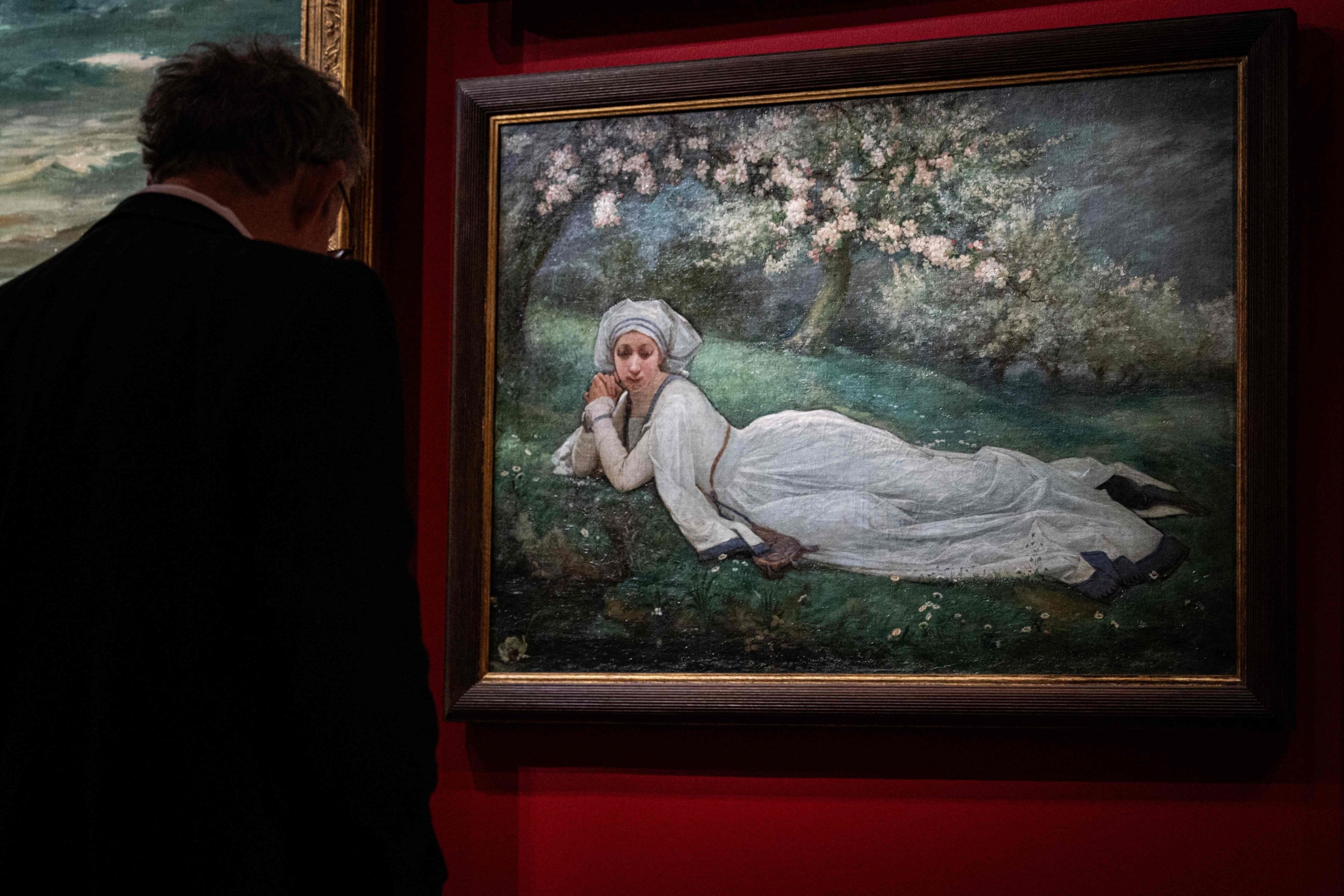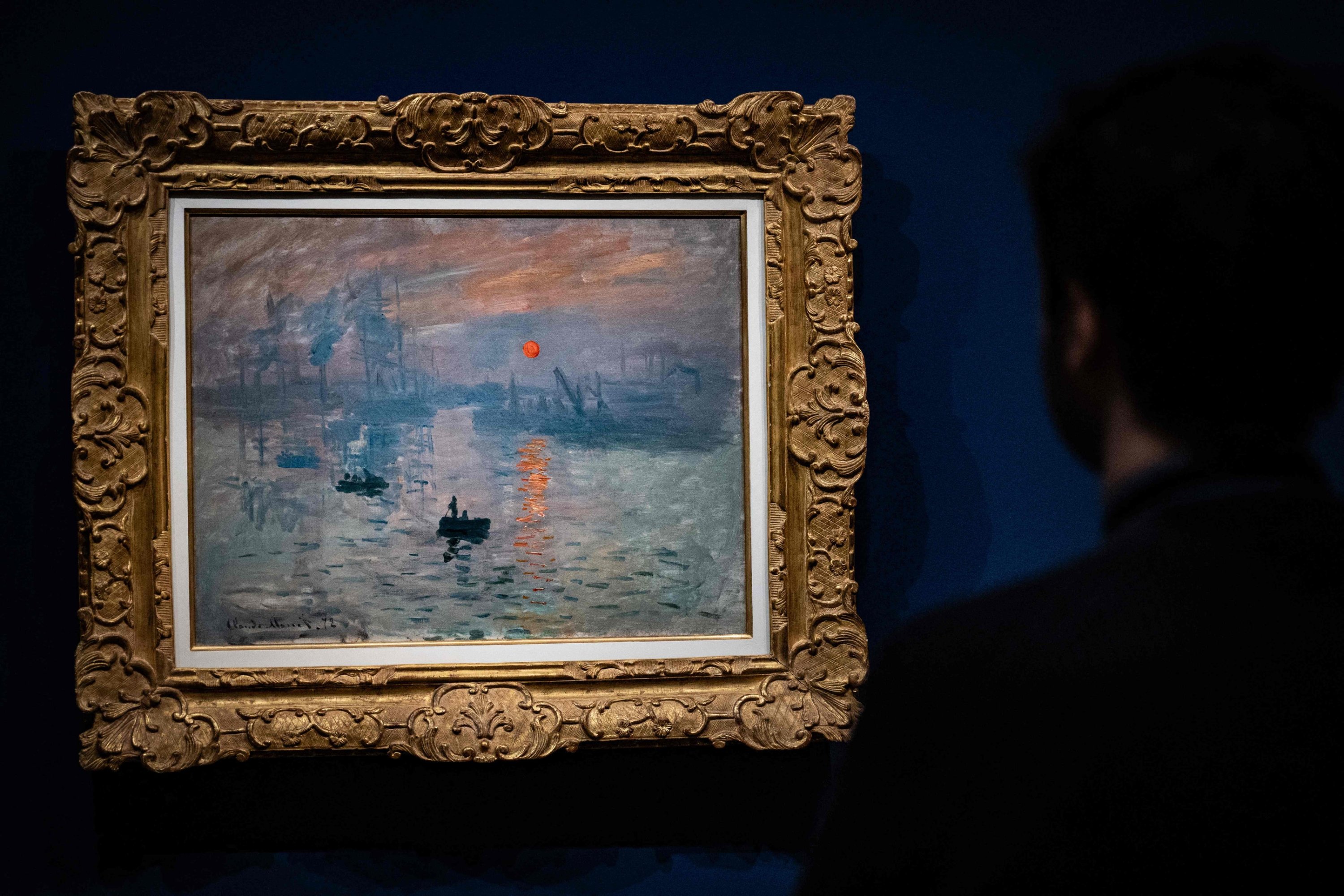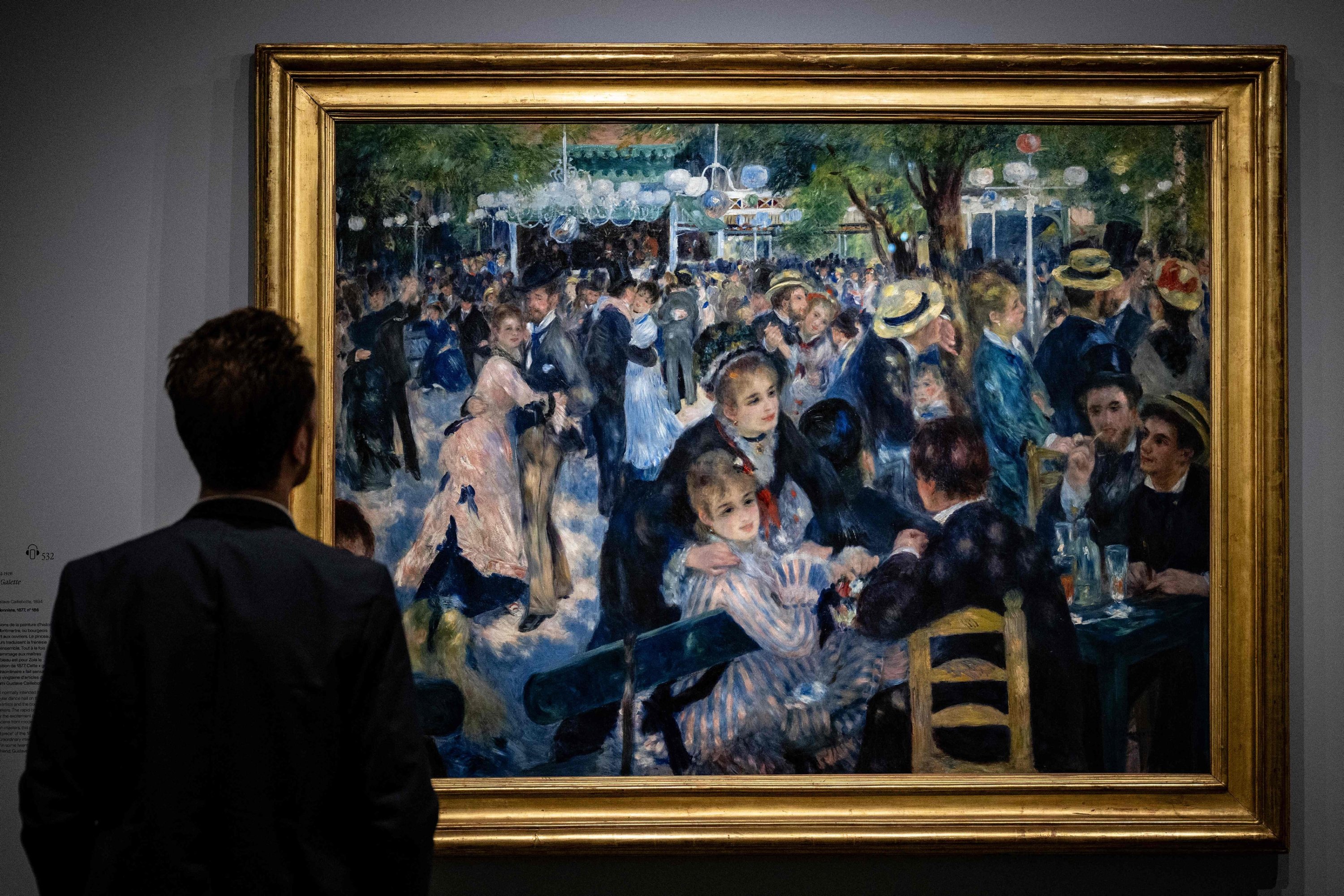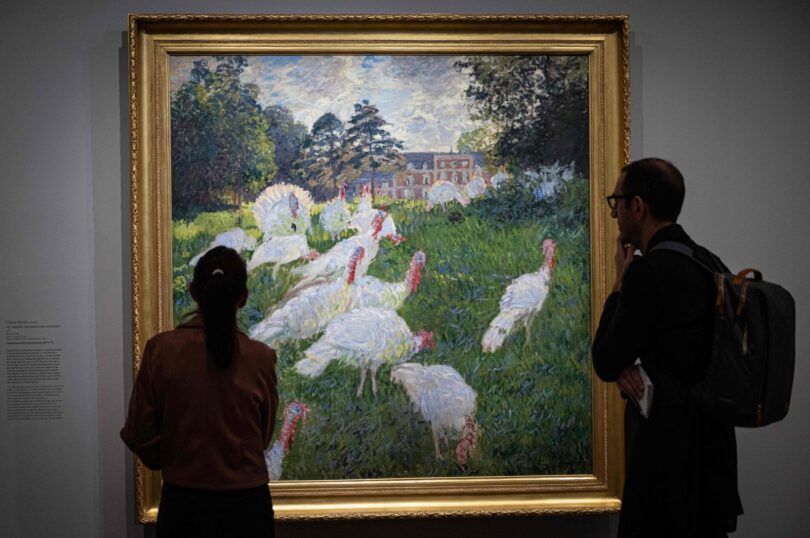PARIS (AFP) : As the art world commemorates the 150th anniversary of impressionism’s explosion onto the canvas in a vibrant blur of color, here are five lesser-known insights about this immensely popular movement.
‘Wallpaper pattern’
“Impressionism” was never meant as a compliment.
Today, works by artists such as Claude Monet, Auguste Renoir and Edgar Degas fetch eye-popping sums at auctions, but reviews after their inaugural 1874 exhibition in Paris were scathing.
“A preliminary drawing for a wallpaper pattern is more finished than this seascape,” wrote critic Louis Leroy about Monet’s “Impression. Sunrise.”
It was Leroy who coined the name for the movement, which was intended as an insult.
But the epithet stuck and came to represent a revolutionary movement that no longer set out to depict the world accurately but to offer fleeting impressions of its beauty.
Freedom in a tube
John Goffe Rand, a relatively obscure U.S. painter, had a key influence on the movement when he had the idea of putting ready-to-use paint in small tin tubes.
It may seem obvious today, but for artists in the mid-19th century, the innovation made it significantly easier to paint outside the studio.
Before, artists seeking the great outdoors carried their paints in pig bladders sealed with string, which had the unfortunate tendency to burst.
Equipped with tubes, artists could sit for hours on the banks of the Seine, in a garden or a field and capture the fleeting plays of light and color.
“Without tube painting, there would have been no Cezanne or Monet, Sisley or Pissarro,” Renoir said at the end of his life.

Snapshots of life
The venue of the 1874 exhibition – in the studio of photographer Felix Nadar – reflected the strong influence cameras had on the movement.
Impressionism came of age at the same time as still photography, with tripods and cameras being set up next to painters’ easels.
Some artists dabbled themselves. Degas was an amateur photographer, and Paul Cezanne used photographs as a basis for some of his works.
Monet’s “Boulevard des Capucines” was painted from Nadar’s balcony, with the blurred silhouettes of the crowd capturing the influence of early photographs.
The muse who painted
Impressionism was dominated by men, but the inaugural 1874 “Anonymous Society of Painters, sculptors, engravers, etc.” included one woman: Berthe Morisot.
Her paintings drew little attention at the time, but Morisot – today celebrated as an artist in her own right – was a famous face on canvas, as the muse of her brother-in-law, Edouard Manet.
For his part, Manet always refused to be identified with the impressionist movement, though he had a huge influence on it and is widely considered one of its key painters.

Monet, artist and patron
Cezanne holds the record for the most expensive impressionist painting ever sold at auction, but he struggled to shift it in the beginning.
His luck changed at the 1874 exhibition, with his dark, tormented “The Hanged Man’s House” finding a home.
Two decades later, when he had his first solo show in Paris, a curious thing happened – he sold three paintings before the gallery even opened.
A mysterious stranger turned up and asked if he could take a sneak peek.
After inspecting each piece closely, he picked three and handed over a wad of cash without haggling.
It was only after he had left that the buyer was revealed as Monet, not only an impressionist star but also an early patron.
Celebrations in France
The Orsay Museum in Paris marks 150 years of impressionism with an unprecedented reassembling of the masterpieces that launched the movement, and it is a virtual reality experience that takes visitors back in time.
Using VR technology, visitors to “Paris 1874: Inventing Impressionism” can take a plunge into the streets, salons and beauty spots that marked a revolution in art.
Through VR helmets, they can walk alongside the likes of Claude Monet, Edgar Degas and Paul Cezanne on April 15, 1874.
The Orsay has brought together 160 paintings from that year, including dozens of masterpieces from that show. These include the blood-red sun of Monet’s “Impression, Sunrise,” which is credited with giving the movement its name, and his “Boulevard des Capucines,” where the exhibition took place.
In rapid, spontaneous brushstrokes, the impressionists captured everyday scenes of modern life, from Degas’s ballet dancers to Camille Pissarro’s countryside idylls to Auguste Renoir’s riverside party in “Bal du Moulin de la Galette.”

Thanks to loans from the National Gallery in Washington and other museums, it is the first time that many of the paintings – including Renoir’s “The Parisian Girl” and “The Dancer” – have hung together in 150 years.
The exhibition also includes works from that year’s official Salon, showing how the impressionists rejected the stiff formalism of traditionalists and their obsession with great battles and mythological tales, but also how there was some cross-over, as all sorts of painters gradually adopted new styles.
“The story of that exhibition is more nuanced than we think,” said Patry. The artists all knew each other and had begun painting in this different style in the 1860s.
Impressionism took off gradually: only 3,500 people came to the first show, compared with 300,000 to the Salon, and only four paintings were sold out of some 200 works.
It would take several more exhibitions in the following years for the movement to make its mark.







